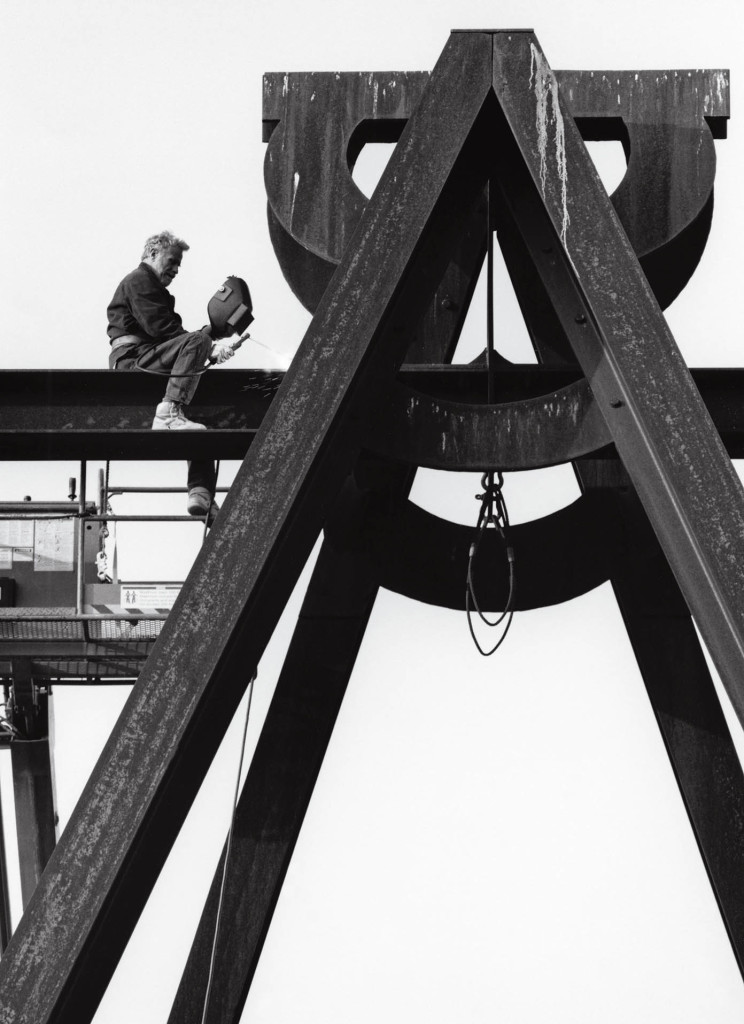Opponents of the Dakota Access Pipeline say a major oil spill in North Dakota "validates" their months-long struggle to stop pipeline construction near an important waterway.
The Secret Confessions (2025) Tubong Lugaw Episode 47oil spill occurred just 150 miles outside the Dakota Access protest camps near Lake Oahe on the Standing Rock Sioux reservation.
SEE ALSO: How young Native Americans built and sustained the #NoDAPL movementState officials estimate that the Belle Fourche Pipeline in western North Dakota spewed more than 176,000 gallons of crude oil into a creek after electronic monitoring equipment failed to detect the leak.
Dakota Access protesters — who call themselves water protectors — have argued for months that plans to run the new pipeline beneath Lake Oahe, a large Missouri River reservoir, would jeopardize the region's water supplies and threaten sacred sites.
The Belle Fourche spill "is proof that we're right," Allison Renville, an activist and member of the Sisseton Wahpeton Oyate Sioux tribe, told NBC News this week.
"It validates our struggle," she said.
 Activists at Oceti Sakowin near the Standing Rock Sioux Reservation brace for sub-zero temperatures, Dec. 6, 2016. Credit: Scott olson/Getty Images
Activists at Oceti Sakowin near the Standing Rock Sioux Reservation brace for sub-zero temperatures, Dec. 6, 2016. Credit: Scott olson/Getty Images Tara Houska, a Native American environmental activist who has stayed at the protest camps since August, said the recent oil spill "gives further credence to our position that pipelines are not safe," NBC News reported.
Dakota Access opponents scored a major victory on Dec. 4 after the U.S. Army Corps of Engineers denied a crucial permit to allow the $3.8 billion pipeline to cross the lake.
The pipeline's builder, Energy Transfer Partners, has insisted the Dakota Access would include safeguards such as leak detection equipment and remote monitoring operations.
But pipeline safety equipment isn't foolproof. True Companies, the Wyoming company that operates Belle Fourche, said it's not yet clear why the older pipeline's monitoring equipment didn't detect the leak.
The 6-inch steel Belle Fourche pipeline was built in the 1980s and is used to gather oil from nearby wells and bring it to a collection point.
 Original image has been replaced. Credit: Mashable
Original image has been replaced. Credit: Mashable A landowner discovered the oil spill on Dec. 5, although the precise date of the rupture isn't yet known, according to North Dakota officials.
Bill Seuss, an environmental scientist with the state's health department, said the spill migrated nearly 6 miles from the spill site along Ash Coulee Creek and polluted an unknown stretch of private and U.S. Forest Service land near the waterway.
The creek feeds into the Little Missouri River, but Seuss said it so far appears that no oil leaked into the river or has threatened drinking water supplies.
Only about 37,000 gallons, or 21 percent of the spilled oil, had been recovered as of Monday.
Associated Press contributed reporting to this story.
(Editor: {typename type="name"/})
 NYT Connections Sports Edition hints and answers for May 24: Tips to solve Connections #243
NYT Connections Sports Edition hints and answers for May 24: Tips to solve Connections #243
 'Quordle' today: See each 'Quordle' answer and hints for October 15, 2023
'Quordle' today: See each 'Quordle' answer and hints for October 15, 2023
 The 'If I text you' Twitter meme, explained
The 'If I text you' Twitter meme, explained
 The Amorality of Robot Cars
The Amorality of Robot Cars
 A March For the Marchers
A March For the Marchers
WorryFree™ and Always on Script
 Gene Seymour ,July 17, 2018 WorryFree™ and
...[Details]
Gene Seymour ,July 17, 2018 WorryFree™ and
...[Details]
'Quordle' today: See each 'Quordle' answer and hints for October 16, 2023
 If Quordleis a little too challenging today, you've come to the right place for hints. There aren't
...[Details]
If Quordleis a little too challenging today, you've come to the right place for hints. There aren't
...[Details]
Drag queen Trixie Mattel is TikTok's star of the week
 This week, Beyoncé posted her first TikTok and Noah Schnapp broke his silence by posting a ma
...[Details]
This week, Beyoncé posted her first TikTok and Noah Schnapp broke his silence by posting a ma
...[Details]
The Political Novel: An Interview with Édouard Louis
 The State of the Political Novel: An Interview with Édouard LouisBy Ane FarsethåsMay 3, 2016At WorkÉ
...[Details]
The State of the Political Novel: An Interview with Édouard LouisBy Ane FarsethåsMay 3, 2016At WorkÉ
...[Details]
 Matt Cameron ,May 30, 2018 Somebody Else&#
...[Details]
Matt Cameron ,May 30, 2018 Somebody Else&#
...[Details]
The art and life of Mark di Suvero
 Sculpture in the LandscapeBy Jonathan LippincottMay 16, 2016Arts & CultureThe art and life of Ma
...[Details]
Sculpture in the LandscapeBy Jonathan LippincottMay 16, 2016Arts & CultureThe art and life of Ma
...[Details]
Anagramming the News: Can You Solve These 25 Puzzles?
 Anagramming the NewsBy Dylan HicksApril 25, 2016Really Difficult PuzzlesChild’s play.Ed. Note: every
...[Details]
Anagramming the NewsBy Dylan HicksApril 25, 2016Really Difficult PuzzlesChild’s play.Ed. Note: every
...[Details]
Coins, Pincushions, Stagecoaches—They’ve All Starred in Novels
 More Novels Starring Coins, Please, and Other NewsBy Dan PiepenbringMay 16, 2016On the ShelfOnly thi
...[Details]
More Novels Starring Coins, Please, and Other NewsBy Dan PiepenbringMay 16, 2016On the ShelfOnly thi
...[Details]
The Midterms and the Turn Leftward
 Sean McElwee ,February 23, 2018 The Midter
...[Details]
Sean McElwee ,February 23, 2018 The Midter
...[Details]
Chatting with Meta's dystopian AI personas leaves more questions than answers
 Meta's AI characters are live, and they're just as creepy and confusing as you might expect. At Meta
...[Details]
Meta's AI characters are live, and they're just as creepy and confusing as you might expect. At Meta
...[Details]
接受PR>=1、BR>=1,流量相当,内容相关类链接。